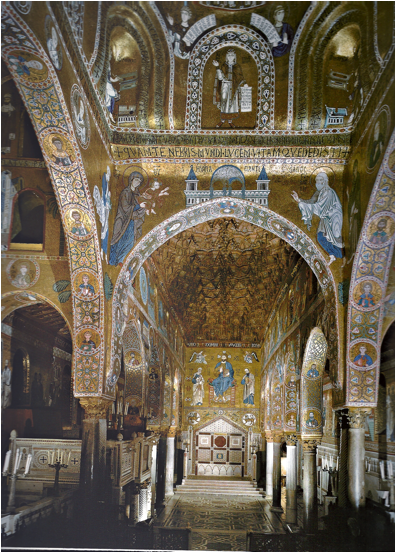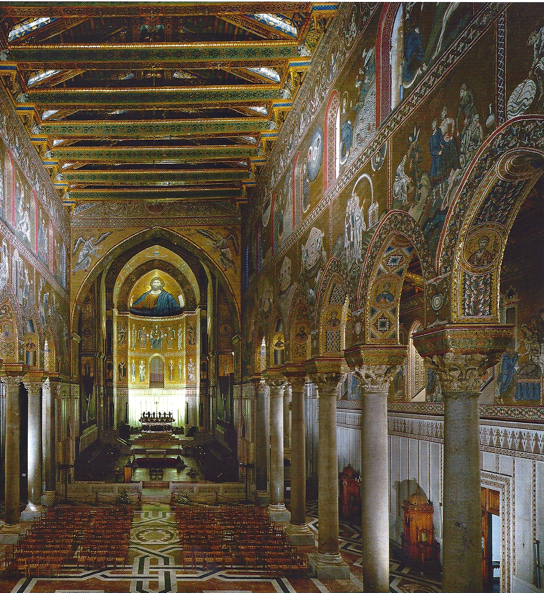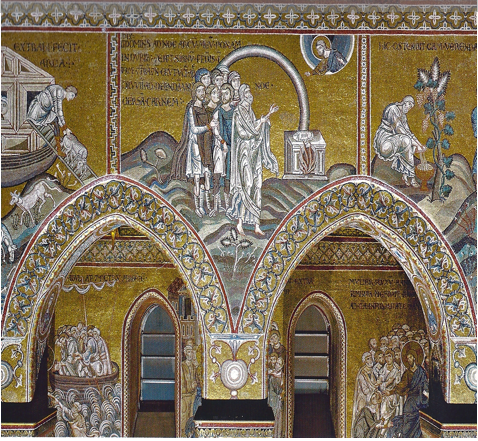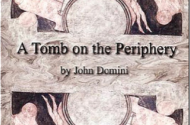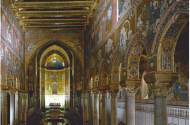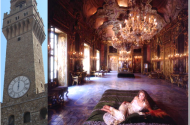Introduction
Guy de Maupassant (1853-1890) a French author immortalized in the history of literature was also an avid traveler; and he brought his literary genius to bear when writing about his traveling experiences. Among the many places he visited (Corsica 1880; Algeria 1881; Italy 1885; England 1886; Morocco, Algeria, Tunisia 1887-88; Algeria 1888-89; Italy 1889); he found Sicily among the most impressive. He wrote:
“Sicily is the pearl of the Mediterranean... an indispensable land to see and one unique in the world.”
After newspaper serial publications in 1885-86, Maupassant’s Sicilian travel memoirs La Sicile was published in 1890 as one chapter among several in La vie errante (The Wandering Life). In turn, La Sicile has been translated by Robert W. Berger and republished as a stand-alone book: Sicily (Italic Press, New York 2007).
Berger writes in the introduction:
“Maupassant's literary writings earned him a secure niche in French and world literature. The present volume reveals his talent in another genre ... travel memoir" (L. 243, 247 – note: Location not page numbers in e-book version)
Personally, I would not characterize Sicily as a "travel memoir"; the phrase connotes an amateurish diary describing places seen on a given day. A child could write a “travel memoir.” Literary genius presupposes meticulous observation of human behavior, and the social and geographic environs in which it occurs. “Travel memoir” fails to capture the minutia of Maupassant’s observations and the eloquence in which he described them.
He sees Sicily; its people, architecture, art and geography with the discerning eye of an artist. Sicily is more an amalgamation of social anthropology, art and architectural history, and geography. Moreover, it is written with a literary style that reads in places like Maupassant’s timeless short stories.
However, while Maupassant’s observations and descriptions of Sicily cover the above-mentioned range of scholarly disciplines, for purposes of this article following on a previous Sicilian mosaics piece (see “Before Fresco...”#2 in the related articles box), the discussion will be limited to Maupassant’s commentary on the mosaic aspects of Sicilian architecture; which he thought profound.
Also, some concluding comments about the very significant pedagogic potential “Sicily” has for American Terroni history/cultural education, if Italian American educators could get beyond their mesmerization with the Florence/Chicago axis.
Mosaic in Architecture
Joachim Poeschke in his brilliant intellectual and aesthetic (words can’t describe) book Italian Mosaics 300-1300 (2007) describes the mosaic art:
“Mosaics are made up of tiny squared stones or chips of glass called tesserae, they were an ideal adornment for large surfaces. They could not achieve the subtlety of detail possible in painting, but this is only apparent up close, and as a rule mosaics were intended to be viewed from a distance. They then had a powerful effect, and one of their undisputed virtues, as opposed to painting, was their durability. Vasari in his 1550 Lives wrote: vera pittura per l'eternita" (true painting for eternity)” (p. 9)
“Mosaics found their way into church spaces in the fourth century, as the first examples of Christian art on a monumental scale, and their hayday was over by the fourteenth century...(p. 7)
For example, below is a section of a church mosaic. Notice how the individual tiles (tesserae) are placed in such a way as to achieve the image:
Sicilian Mosaic
In his 1935 comprehensive history of mosaics, Edgar Waterman Anthony wrote:
“The Sicilian mosaics of the twelfth century, on the whole, are the greatest surviving manifestation of the medieval Byzantine school. Nowhere else is there so much of such a high quality.
“When the Normans conquered the island in the eleventh century...their extreme toleration caused them to accept, as a rule, the best that was brought to them.
Modified Gothic buildings were adorned with Byzantine and Saracenic splendor, the result being the most beautiful hybrid art which the Middle Ages produced; and the [Sicilian] mosaics of Cefalù, the Martorana, the Cappella Palatina and Monreale are the chief glory of this art. (A History of Mosaics p.179 emp. +)
For example, below is a section of a Sicilian mosaic in the apse of the Cefalù Cathedral:
Maupassant on Sicilian Mosaic
Similarly, fifty years before Waterman Anthony, Maupassant wrote about Sicilian mosaics:
“What makes Sicily an indispensable land to see and one unique in the world, is that she is, from one end to the other, a strange and divine museum of architecture...Sicily has had the good fortune to be possessed by productive peoples. (L.247 emp.+)
“The impression produced by Sicilian monuments is so extraordinary because the art of decoration is more impressive at first glance than the art of architecture. (L. 296 emp.+)
“The entire admirable effect of these churches derives, from the mixture of contrast of marbles and mosaics...[and] small embellishments run like colored lace... (L. 331 emp.+)
An example of marble and mosaic lace like mixture:
 [Insert
[Insert
Maupassant was especially taken with two mosaics structures: the Palatine Chapel and the Monreale Cathedral.
Palatine Chapel
On his arrival at Palermo in 1885, he was intrigued by:
“... the movement and gaiety of the great city of 250,000 inhabitants...the painted carts, the layout of the streets, etc.” (L. 270 emp.+)
However,
“One desire haunted my spirit on this day of arrival. I wanted to see the Palatine Chapel, which I had been told was the marvel of marvels.
“The Palatine Chapel, the most beautiful in the world, the most surprising religious jewel dreamed up by human thought and executed by the hands of artists... (L. 285 emp.+)
The Palatine Chapel is located along the axis of old (ancient) Palermo, where Via Vittorio Emanuele gives way to Corso Calatafimi, about a mile from the La Cala port and half mile from Quattro Canti next to “Palazzo dei Normanni” (see Google Satellite view below location A)

Maupassant was especially intrigued with the
Palatine Chapel mosaics. “When you enter the chapel, you at first remain startled, as if in the presence of something surprising whose power you submit to before understanding it.
“The colorful and calm beauty, penetrating and irresistible, of that small church, which is the most absolute masterpiece imaginable, leaves you immobile before these walls covered in immense mosaics...(L. 298)
For example, below is a diagram of the Palantine floor plan indicating the mosaic images on walls and ceilings, and picture of the mosaic covered nave.
Monreale Cathedral
After the Palatine Chapel, Manpassant went to the Monreale Cathedral, and was awed by the vastness of the mosaic walls and ceilings.
He wrote:
“The interior of this monument displays the most complete the richest and the most impressive mosaic decoration on a gold ground. These mosaics, the most extensive in Sicily, entirely cover the walls over [8,000] square meters.
“Throughout the entire church, the legendary stories of the Old Testament, the Messiah, and the apostles (L. 512 emp.+)
For example, blow are pictures of the nave and arch mosics:
Conclusion La Sicile and the Education of American Terroni
As noted above, Maupassant attained international and immortal fame as a brilliant short story writer, and Sicily reads like a series of short story motifs.
William Faulkner, regarding short story writing, said:
“Yes sir. You can be more careless, you can put more trash in a novel and be excused for it. In a short story that’s next to the poem, almost every word has got to be almost exactly right. In the novel you can be careless but in the short story you can’t. I mean by that the good short stories... demands a nearer absolute exactitude. You have less room to be slovenly and careless. There’s less room in it for trash.”
Maupassant saw Sicily through the eyes of an artist, and described Sicily with Faulkner’s characterization of short story craftsmanship – “almost every word almost exactly right”. It is truly amazing how much information is conveyed in such a small book (indeed, a chapter of a book -The Wandering Life), and how eloquently it is expressed. Maupassant is truly a master of what Faulkner called “absolute exactitude”.
All the great works of literature (both fiction and non-) have pedagogic potential beyond the work itself. Similarly, Sicily can be an invaluable teaching tool for instructing American Terroni about their history/cultural. Creative teachers could use Sicily as (what is called in K-12 education) ‘anticipatory sets’. That is, motivating introductions of various lessons on various topics of Sicilian history and culture. For example:
Art and Architecture –Maupassant’s discussion about architecture was not limited to the mosaics. For example, his loving description of the Monreale Cloister and its superiority to French cloisters is enough to make one want to jump on a plane to Palermo; similarly, his commentary on the Venus of Syracuse and the Bronze Ram in Palermo.
Folklore – Sicilian folklore can be introduced or complimented with Maupassant's delightful Giufa-esque story about a German entomologist who discovered a new species of beetle and the confusion it caused about bandits.
Film - Maupassant's descriptions of volcanos, the sea, villages, etc. anticipates Italian Neorealism film-makers like Visconti La terra trema and Rossellini Stromboli terra di Dio. Indeed, one may reasonably speculate that when Rossellini ‘Storyboard’ the immortal scenes of Ingrid Bergman’s climb to the top of the volcano, he may very well have had in mind Maupassant's description of his volcano climbs.
Comparing Other Sicilian Travelers – To my mind, it is interesting to compare Maupassant’s 1886 discussions about the Mafia with Leopold Franchetti 1876 report on the subject in “Political and Administrative Conditions in Sicily”.
Also, Maupassant’s observations about the child laborers in the sulfur mines compared with Booker T. Washington’s 1910 book “The Man Furthest Down”.
And, the very fascinating, provocative comparison between Maupassant's loving exuberant praise of Sicily with the American Ivy League professor Jerry Mangione's insulting denigrating descriptions of 1936 Sicily in his book Mount Allegro – My! My! Wouldn’t that make for some interesting student papers and classroom discussions?
One could go on and on with the many facet’s of Sicily that could serve as introductions to lessons on the history and culture of Sicily. All that’s needed are teachers with the will to teach American Terroni their history and culture, rather than consign them to the status of and romanticize them as GUIDOS (i.e. American Terroni youth, with no knowledge of their magnificent cultural history, acting out denigrating media images of Italianita).
Teachers! Not to be confused with the somnolent preachers sitting in Ivory Tower Chairs of Wisdom!
“People commended unto Zarathustra a wise man, as one who could discourse well about sleep and virtue: greatly was he honoured and rewarded for it, and all the youths sat before his chair... those drowsy ones...soon nod to sleep...” Thus Spake Zarathustra –Nietzche
Guidoized American Terroni youth are asleep at Jersey Shore! While sleepwalking, their Italian Being conjures phantasmic Italianita dream images, but they don’t known and can't grasp its material reality. They want for teachers to awaken them to the glory of their Patria Meridionale history and culture; that they may conduct themselves with pride and in accordance with the mighty people from whom they are descended.
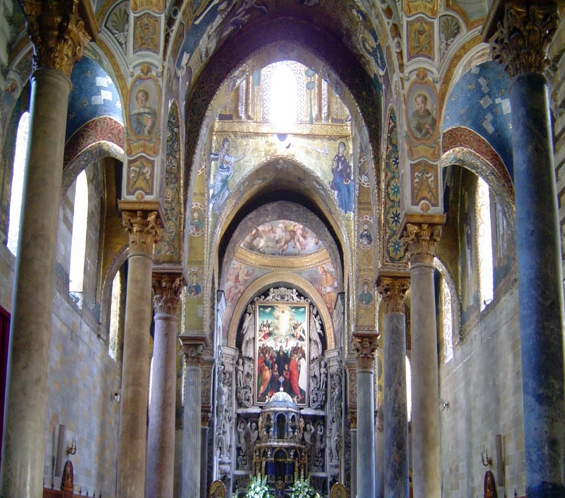

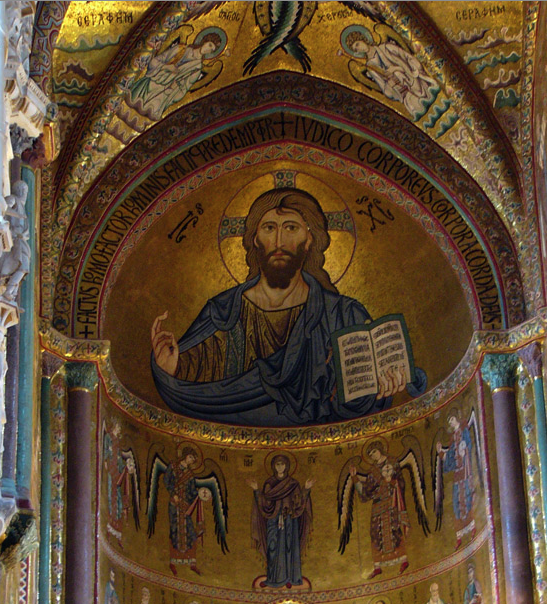
 [Insert
[Insert 

